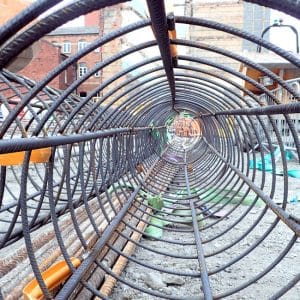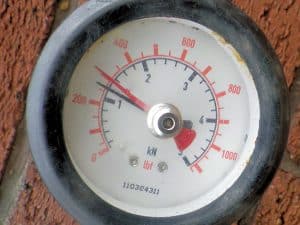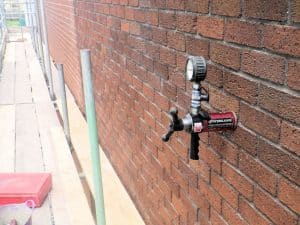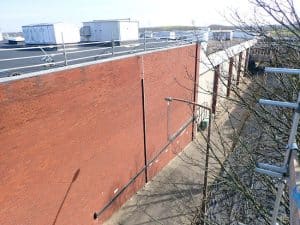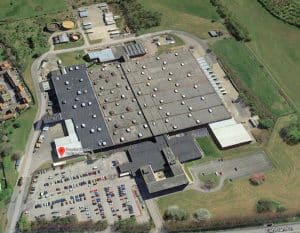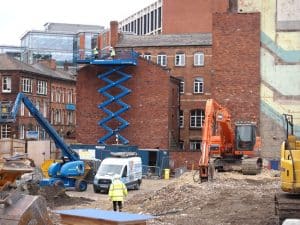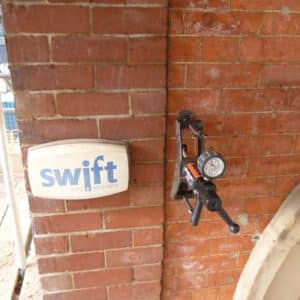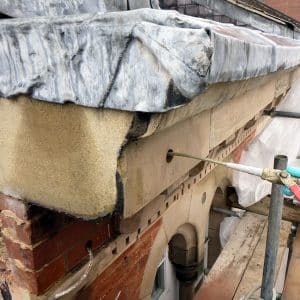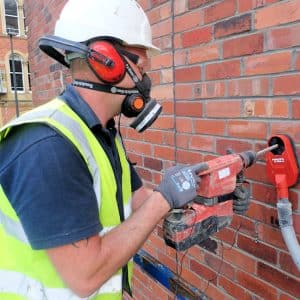Damp FAQs
Questions commonly asked of our damp experts
Our damp experts have been working on damp problems in Yorkshire for 3 decades, listening to customer queries and concerns and offering advice and guidance along the way.
Here are some of the most frequently asked questions they hear, and their expert answers – hopefully they’ll be of help to you too.
If you have a question you’d like to put to our damp experts, please feel free to send it over to us and we’ll get back to you with your answer, and add it to our FAQs section. Or, why not call and ask our helpful team on Leeds 265 2752, York 566577 or Sheffield 224 5121
Also in this section
That’s a good question. Unfortunately the term has become firmly associated with installing chemical damp proof courses, when in fact it covers a much wider scope of work than that. ‘Damp proofing’ is very wide ranging term and can include very many treatment methods, all of which are suitable is some situations. It usually applies to installation of chemical damp courses, however, these only protect buildings effected by rising damp and of course there are many cases where damp is caused by other defects.
Anything which either cures or controls a damp problem can be termed ‘damp proofing’. For example; installation of a chemical damp proof course (for rising damp only), application of an external water repellent cream like StormDry (for penetrating damp), and even simple re-pointing or re-rendering, where the existing materials are defective. Our surveyors have had their knowledge of these methods validated by examination, through the Property Care Association, with each of them holding the national CSRT qualification.
This is a common worry because the same ‘high’ readings in one material, may be considered ‘low’ in another. This is because electronic moisture meters are calibrated for timber and do not give specific moisture contents on plaster or masonry. Home buyer surveyors are generally well trained and experienced, so usually the comment will be well founded and further investigation is justified. Our three qualified specialist damp surveyors know their meters inside out and we use a variety of makes and models to suit every situation. It’s important that any specialist knows his kit and its limitations. This avoids misdiagnosis due to a meter over-reading, for example due to salt contamination or conductive wall surfaces. Our MD has writted a basic guide of electronic damp meters here.
Yes, they have been proven over the last 35 years and recently refined with the advent of Dry Zone cream and DryRods, which take their effectiveness to another level. They’re independently tested by the British Board of Agremént too, for extra reassurance. Brick-Tie Preservation have installed thousands of these systems with very few problems over the years, so the evidance isn’t just theoretical – we’ve proven it.
However, like all methods, it’s vital to get the diagnosis right and the installation spot on too. Damp experts are made through hard work, study and experience. This is where surveyor’s qualifications and technician training come in. Our damp experts have been installing these advanced systems and guaranteeing them for 3 decades. Our installation technicians hold the relevant certifications, either via PCA, City and Guilds or, in many cases – both.
If rising damp is involved, unfortunately yes – it’s nearly always essential because of the presence of salts from the ground, which can keep the wall damp, even after a damp proof course has been installed. There are some exceptions, such as when there’s time to allow a wall to dry, so that any residual ‘hygroscopic moisture’ can be identified. We can check for salts type and distribution using plaster and masonry samples in our damp diagnosis lab before a decision is made – please enquire. Our expert damp surveyors will give you advice suited to site conditions and your specific needs. Sometimes, in cases where the rising damp is not too severe, an advanced DryRod system will reduce or eliminate the need for re-plastering, but this needs careful consideration and discussion beforehand.
It’s unlikely that black mould is a result of rising or penetrating damp – you’re issue probably lies with condensation, and unless you identify and remove the source(s) of the problem, it will keep coming back! Our damp experts will easily be able to suggest the most cost-effective solution – just call us for a condensation, mould and humidity survey
This varies depending on the type and severity, but you can get a good insight into spotting damp and what causes damp via the links below. These are a combination of blog posts by our boss Bryan Hindle CSRT CSSW and various Youtube videos on damp related subjects.
Further Reading
Rising Damp for beginners – how serious is a rising damp diagnosis?
Rising Damp for beginners (and homeowners). So someone says your house has rising damp? . This isn’t a post about whether you have rising damp or not, that’s already been done before. What this post is about is a very basic explanation of what rising damp is and how it happens, what it can… Continue reading
Thermal imaging for damp diagnosis
Is thermal imaging helpful for damp diagnosis? This is a question I’ve thought about quite a bit over the past few years. Damp diagnosis is one of my passions so of course the prospect of another damp diagnostic ‘toy’ appealed to me. However, at several thousand pounds for a half-decent model and bearing … Continue reading
Specialist damp surveyor Bryan Hindle talks about one of the site situations where a rising damp moisture meter profile is not caused by failure of a damp proof course. This damp survey from a property in Leeds, West Yorkshire.
